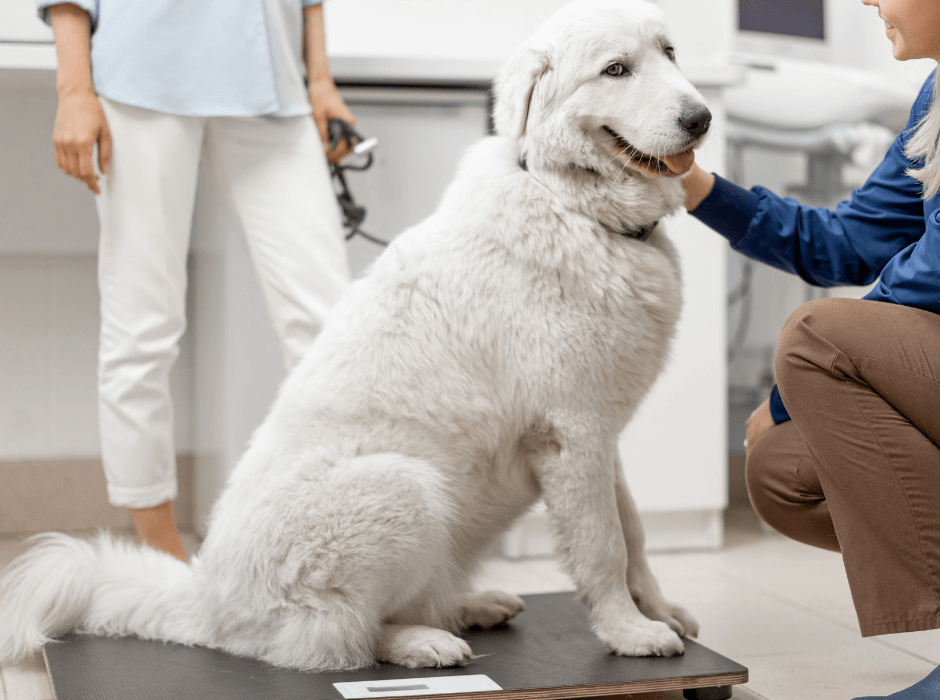Does Your Pet Need to Drop a Few Pounds?
Dr. Jackie Celmer explains why it’s important to help your pet maintain a healthy weight and what to do if your pet needs to drop a few pounds.
Obesity amongst domestic dogs and cats in America is becoming more common than veterinarians would like. A recent study showed that in America about 60% of cats and 56% of dogs have been classified as obese by a veterinarian. So what makes my pet obese? A pet is classified as obese if it is deemed at least 10-20% heavier than their ideal weight. Obesity is not only a primary issue but can predispose our pets to many secondary issues like diabetes, thyroid disease, heart disease, joint pain which can worsen arthritis, and weakening a pets immune system making them more susceptible to secondary illnesses.
So what do we do if our pet is overweight? The first recommendation is to evaluate what we feed our furry friends at home. Step one is to actually measure what we are feeding our pets. Most of us use a “scoop” that is some unknown measurement and we provide a scoop or two into the dish. It is very important to quantify how much we are actually feeding with an appropriate measuring cup. Secondarily it is good to mention that most commercial dog and cats foods have feeding recommendations on the back of the bag which should be fed for the pets age and ideal body weight. Ideal body weight is our “goal weight”, so if our pet is 15 pounds and we want them to be 10 pounds we need to be feeding for a 10 pound animal and not a 15 pound animal. If you are having trouble knowing how much you should be feeding your pet feel free to reach out to one of us for a more precise diet plan.
Not only is dieting key but like in humans, diet needs to be paired with exercise. We should try to take our dogs for walks or exercise them in the yard daily. If the weather is bad try to play with them in the house for at least 15 minutes a day. Cats are a bit more challenging to get to exercise on demand. Getting a tall cat tree can entice our furry felines to jump and climb more which can aide in weight loss. Additionally wand toys and laser pointers can be used to get our cats moving. I usually recommend having them chase the laser dot for at least 10-15 minutes once to twice daily.
Only about 10% of pets diagnosed with obesity are successful at losing weight and over 40% of those who lost weight gained it back within a year. It is important to remember that weight loss takes time, do not get discouraged, it is a lot of work but your furry friend will thank you in the long run!

